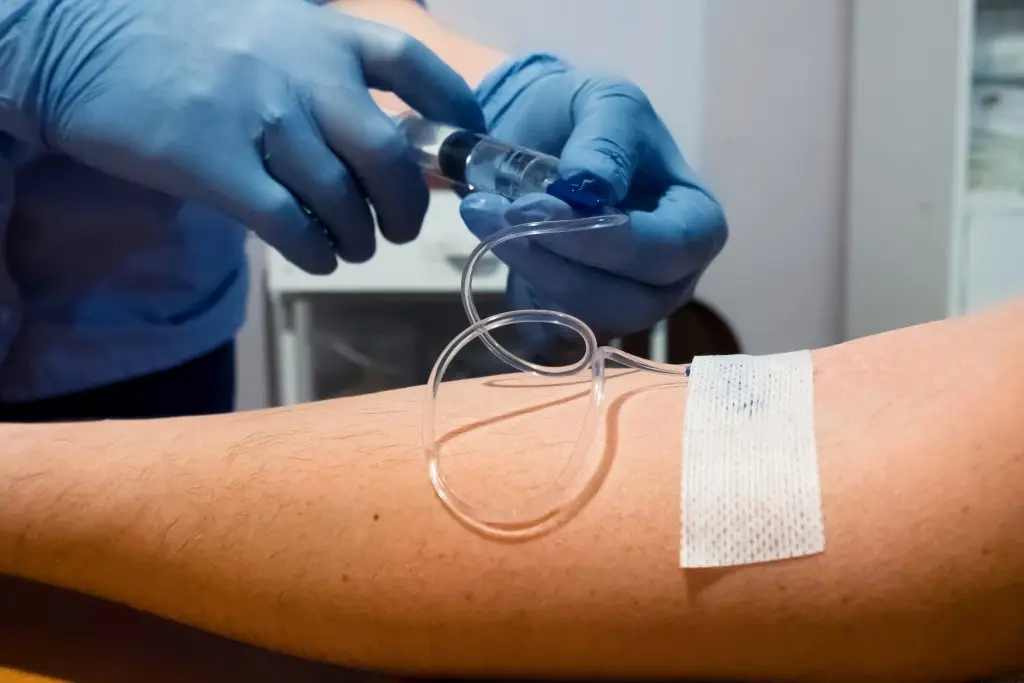Wisdom teeth removal
Our comfortable extraction techniques and sedation options eliminate pain and anxiety, with most patients returning to light activities within 3-4 days.
How wisdom teeth removal works
The extraction involves surgically removing one or more wisdom teeth through careful sectioning if needed, performed under local anesthesia or sedation. Removal options include simple extraction for erupted teeth or surgical extraction for impacted teeth depending on their position.
Quick facts about wisdom teeth removal:
- Best age: Mid-teenage years
- Procedure time: ~30 minutes
- Recovery: 3 to 4 days
- Anesthesia: Typically IV Sedation
Why remove wisdom teeth now?
Your mouth is designed for 28 teeth, but wisdom teeth make 32. Early removal (teen years) prevents problems and reduces surgical risk compared to waiting until problems develop. We can evaluate your wisdom teeth with a simple X-ray and examination to determine the best timing for removal.
Why wisdom teeth cause problems
Simply put, there’s not enough room. Wisdom teeth are the last to erupt and often can’t fit properly, leading to impaction, infection, and damage to other teeth.
Common problems from wisdom teeth:
- Impaction – Trapped beneath gum and bone
- Infection – Bacteria growth around partially erupted teeth
- Crowding – Pressure disrupting straight teeth
- Cysts or tumors – Destruction of jawbone and healthy teeth
- Decay – Difficult to clean properly
Comfortable removal process
We prioritize your comfort above all. Most wisdom teeth extractions are performed with IV sedation. Wisdom tooth removal may also be performed with nitrous oxide or local anesthetic depending on patient factors.
Anesthesia options
IV sedation, nitrous oxide, or local anesthesia
Outpatient procedure
Go home the same day
Recovery supervision
Rest in office until ready
Complete care package
Instructions, prescriptions, ice packs
What to expect after surgery
Quick recovery with proper care. Most patients experience minimal discomfort and return to normal activities within 3-4 days.
- Day 1-3: Rest, soft foods, ice packs as needed, over the counter analgesics
- Day 4-7: Slowly start returning to daily activities
- 2-3 weeks: Complete soft tissue healing
Advanced anesthesia training
Your safety is our priority. Our surgeons hold Class I unrestricted anesthesia licenses with in office IV sedation and operating room training. We use modern monitoring equipment for optimal safety.

Don't wait, early removal is best
Don’t wait for problems to develop. Studies show early evaluation and removal (mid-teenage years) result in superior outcomes with easier surgery and faster healing.